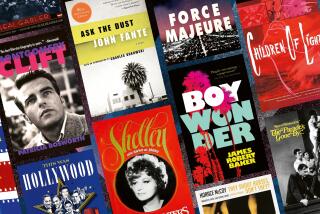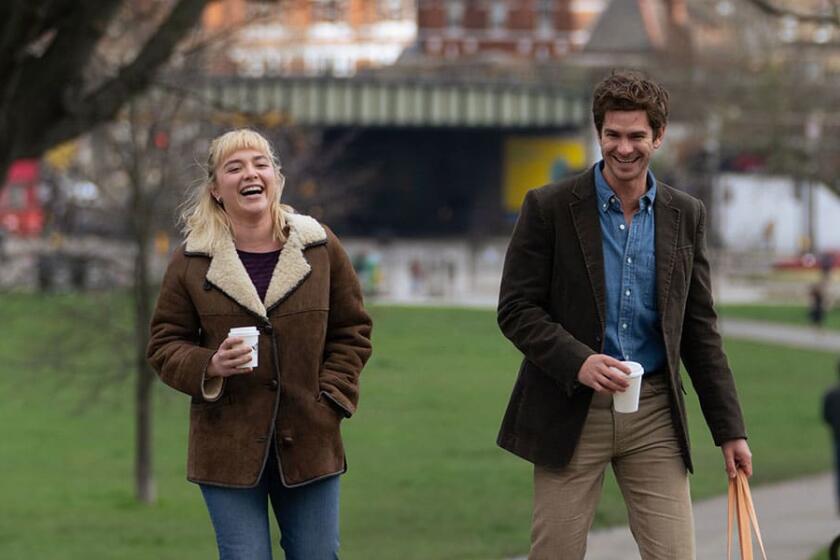How to watch (almost) every Best Picture winner from 1940 through 1949

As the decade began, Europe was at war and the U.S. was supporting the allies. The first World War II film to win Best Picture was “Mrs. Miniver” (1941), an American production set in England during the Battle of Britain. Three other Best Picture winners of the 1940s had wartime themes: “Casablanca” (1943), “The Best Years of Our Lives” (1946) and “Gentleman’s Agreement” (1947).
Many of Hollywood’s biggest names enlisted in the armed forces soon after Pearl Harbor, including actors James Stewart, Clark Gable and Henry Fonda and directors Frank Capra, John Ford, William Wyler, George Stevens and John Huston.
“Rebecca” (1940) was the only movie directed by Alfred Hitchcock to win Best Picture. Hitchcock was nominated five times for the Academy Award for directing, including “Rebecca,” but never won.
How to watch Oscar Best Picture winners through the decades
Intro and 1920s | 1930s | 1940s | 1950s | 1960s | 1970s | 1980s | 1990s | 2000s | 2010s | 2020s (and 2020 nominees)
1940: ‘Rebecca’

13th Academy Awards — February 1941
Running time: 2 hours 10 minutes.
Not currently available for streaming.
“Manderley was the most beautiful house I ever saw — a thing of grace, exquisite and faultless. Its clean gray stone had been mellowed by the centuries. Time could not harm the perfect symmetry of those walls. Its shining mullioned windows looked down upon bright gardens and trim velvet lawns which swept in terrace after terrace to the sea ...
“We can never go back there again. The past is still too close to us. But sometimes in my dreams I do go back ... to the strange days of my life, which began, for me, on the top of a cliff in the South of France ...”
It was there, on the top of a cliff in the South of France, that the nameless heroine of Daphne du Maurier’s novel “Rebecca” met Maxim de Winter. And it is there, after speaking the words above, that Joan Fontaine meets Laurence Olivier in the film version of the novel.
“Rebecca” is a masterpiece of mood. David O. Selznick has given it the kind of production you’d expect — ”exquisite and faultless” — and in it England’s Alfred Hitchcock has directed a cast that is astonishingly right. I doubt, indeed, that there has ever been such fidelity to an author’s concept, even in Mr. Selznick’s “Gone With the Wind.” (Read more) — Philip K. Scheuer
1941: ‘How Green Was My Valley’

14th Academy Awards — February 1942
Running time: 1 hour 59 minutes.
Streaming: Prime Video: Rent/Buy | Apple TV+: Rent/Buy
“How Green Was My Valley” has unique form and feeling. Of all its many qualities the most striking is the power it has to absorb, to draw one into the screen, so that the audience loses its feeling of separate identity and the end of the film comes as a definite wrench, with the spectator not knowing which is real, the world that has faded from the screen or the glaring Broadway lights outside the Rivoli Theater.
There is more, much more, to be said of this film, and there are those who can even find it in themselves to be critical in the face of the intense human experience involved in seeing it: the experience of knowing a family and living their lives.
What a family and what lives! Donald Crisp and Sarah Allgood, John Loder, Maureen O’Hara and the boy Roddy McDowall — it would be unfair to single any one out, except to say that Mr. Crisp is not only at his finest but makes one proud to be a human being, while the boy is one of these rare people born to the camera. (Read more) — Richard Griffith
1942: ‘Mrs. Miniver’
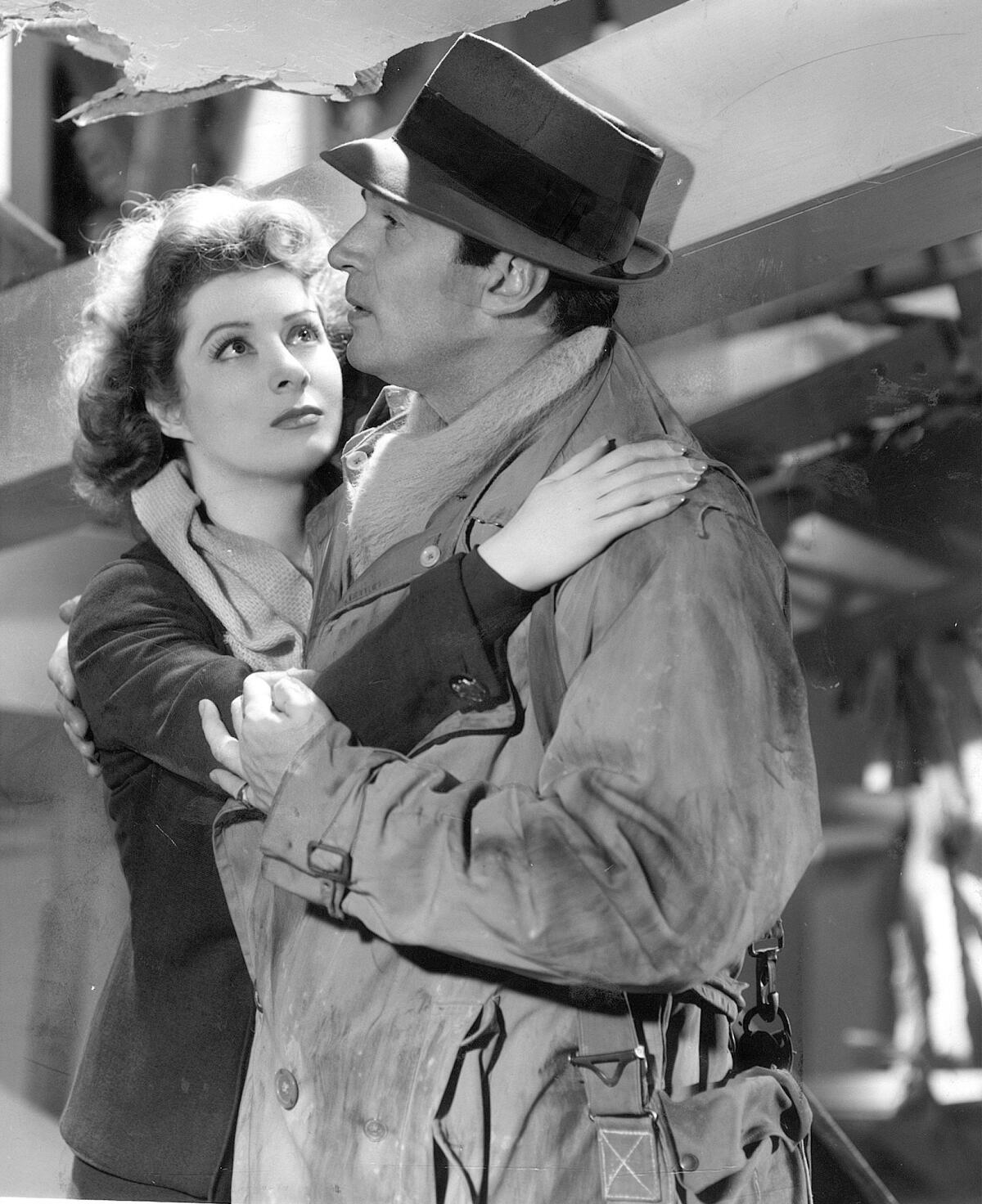
15th Academy Awards — March 1943
Running time: 2 hours 13 minutes.
Streaming: Prime Video: Rent/Buy | Apple TV+: Rent/Buy
What happens behind the lines in war? What is woman’s part in the war? These questions are vitally answered in “Mrs. Miniver,” which was given its premiere — one of the few gala affairs during these tempest-driven times — at Carthay Circle Theatre.
Undoubtedly through their rapt silence, their frequent laughter in the earlier portion of the picture, their occasional bursts of applause and later their tears, this public conferred its intense approval on the studio organization Metro-Goldwyn-Mayer, which sponsored “Mrs. Miniver,” as well as on the producer, Sidney Franklin, its director, William Wyler, and the cast headed by Greer Garson, Walter Pidgeon, Teresa Wright and Dame May Whitty.
Truly this is a humanized account of an English family caught in the tornados of battle. It typifies the British spirit under the stress that has prevailed ever since the dread days of 1940. Particularly does it concentrate on happenings during the period of relentless raids by the Nazis, revealing their effect upon the men and women of a countryside so often described as peaceful, but anything but that when the attack of the enemy is in progress. (Read more) — Edwin Schallert
1943: ‘Casablanca’
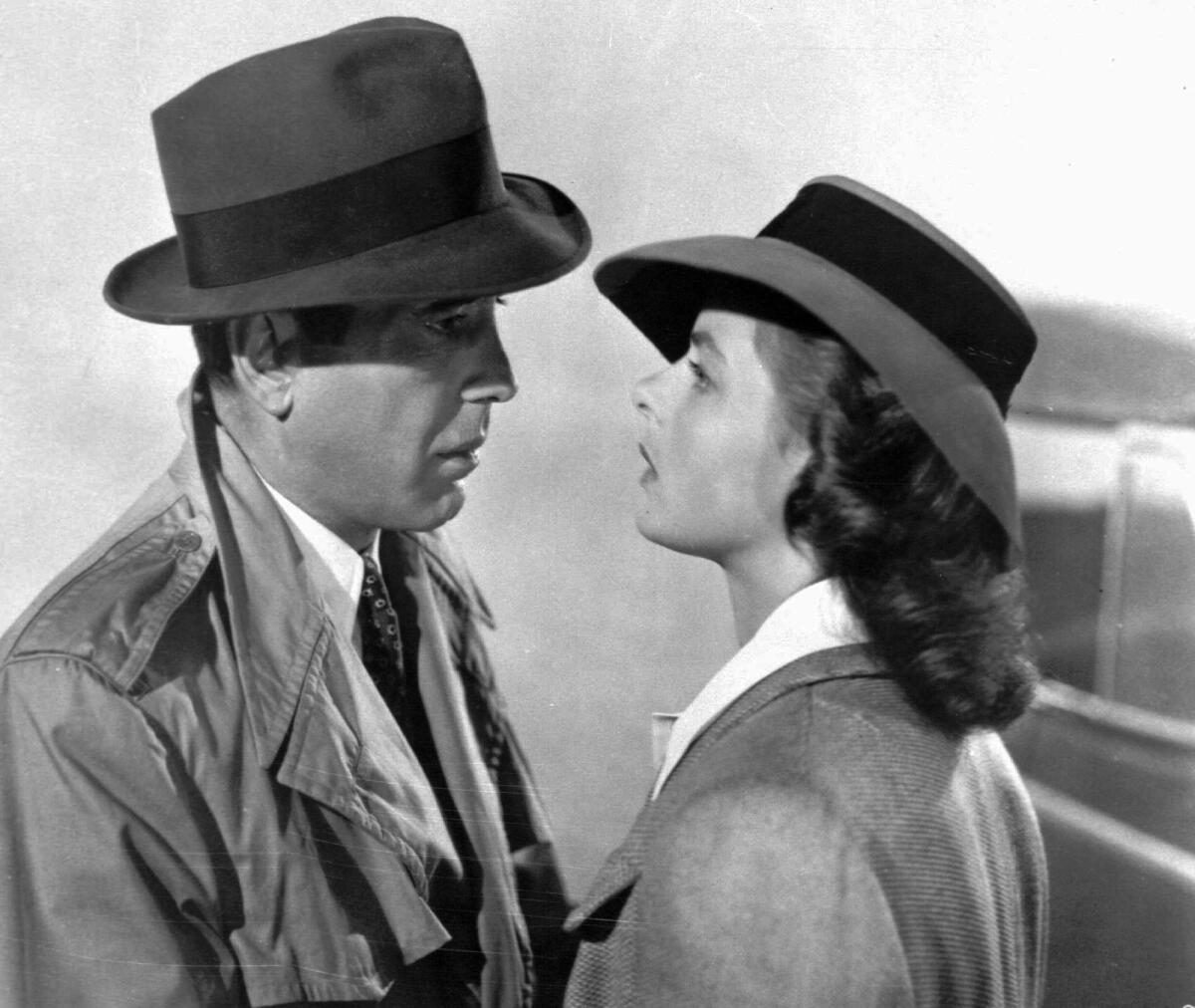
16th Academy Awards — March 1944
Rating: G (1992 reissue).
Running time: 1 hour 42 minutes.
Streaming: Prime Video: Rent/Buy | Apple TV+: Rent/Buy | HBO Max: Included
The story told is a wholly romantic one about the wife of a Czech patriot who thought her husband had met his death in a German concentration camp and fell in love with an exiled American in Paris.
From this sentimental foundation, vast issues arise, associated with the evacuation of refugees from a port that at the time of the narrative is under the dominion of Vichy, incidentally the Third Reich.
The French prefect (Claude Rains) will sell his favors for a price, which may be paid either in money or through more venal considerations. Maj. Strasser, military envoy from the Reich (Conrad Veidt), is absorbed in the extension of its powers to the African embarkation point. It is a good place to catch quarry that has escaped the clutches of the Gestapo.
Signor Ferrari (Sydney Greenstreet) barters and trades in lives, ensuring safe transit by means of visas that carry with them more or less weight and authenticity. Ugarte (Peter Lorre) is another of the same ilk, lower in class, who briefly falls heir to a very valuable passport following the murder of two of the German secret police. He dies quickly.
Victor Laszlo (Paul Henreid) and his spouse, Ilsa Lund (Ingrid Bergman), are “suspected” of being accessories to the crime, though actually what Henreid is wanted for is his activities in behalf of enslaved peoples.
Sinister, sullen and, to the outside world, having no truck with any of them is Rick, the American (Humphrey Bogart). He announces himself as a saloonkeeper, though he has a resort and gambling den of some pretensions. (Read more) — Edwin Schallert
1944: ‘Going My Way’

17th Academy Awards — March 1945
Running time: 2 hours 6 minutes.
Streaming: Prime Video: Rent/Buy | Apple TV+: Rent/Buy
The fountain of humanness wells up abundantly in “Going My Way.” It is a picture that expresses the phenomenon of good deeds accomplished in the turbulent troubled life of a great city. It is the simple story of two parish priests who battle their way through various setbacks and misfortunes to find that they can with faith always manage to survive these.
No pot of gold at the end of the rainbow rewards them, but just the opportunity to go on fighting and serving and loyally clinging to their ideals for a future that still spells fighting and serving, and perhaps — though they can but dimly hope for that — achieving.
Bing Crosby and Barry Fitzgerald enact the two churchmen whose experiences the story explores. To Fitzgerald will probably go the supreme honors for performance. He deserves them. He was a tremendous hit as the aging Irish pastor, long shepherd of the congregation of a church neighboring the slums.
Crosby enters into a new province. Though music is an essential part of his role, he is no longer the typical crooner that has held enormous popularity for more than a decade. He has a straightforward portrayal to do, which dare not be obtrusive, and yet it consistently carries the tenuous narrative of everyday incidents and events. (Read more) — Edwin Schallert
1945: ‘The Lost Weekend’
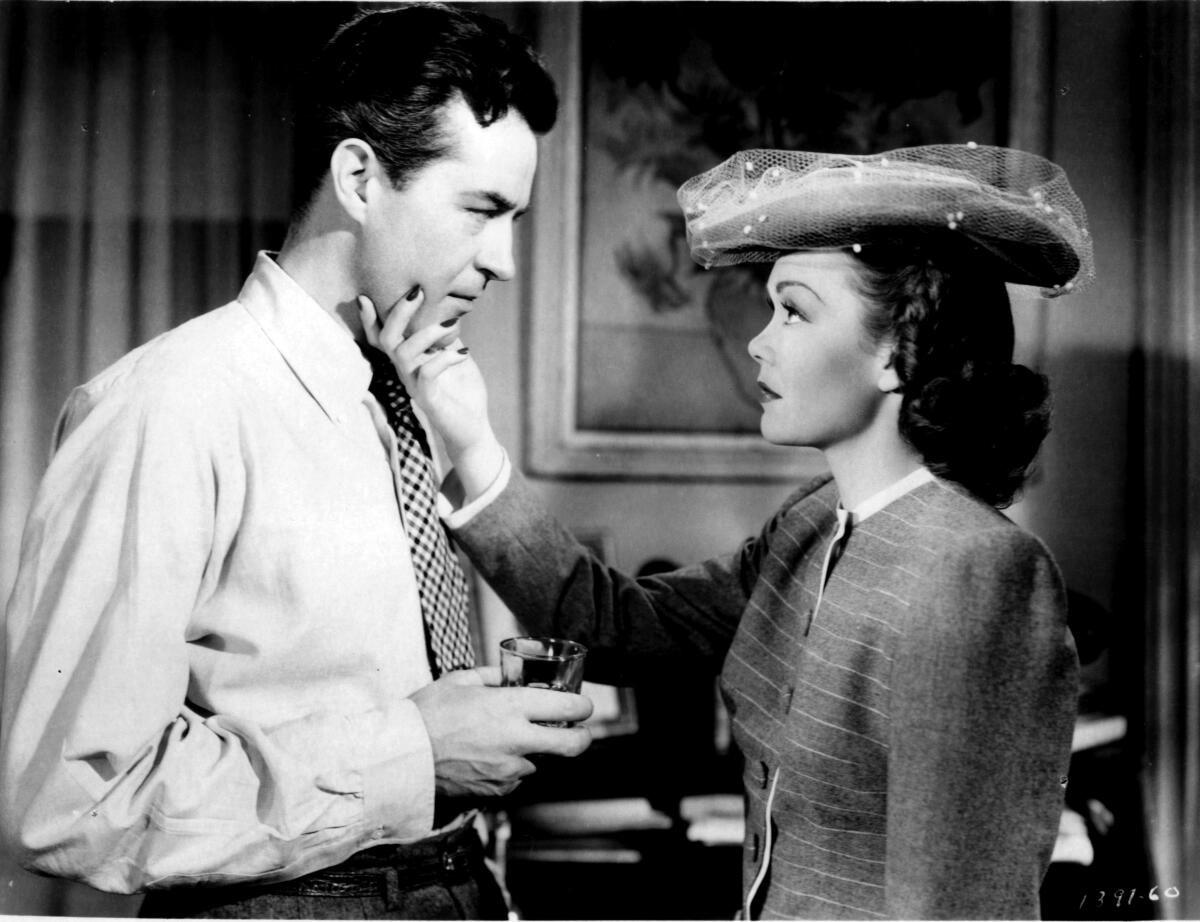
18th Academy Awards — March 1946
Running time: 1 hour 41 minutes.
Streaming: Prime Video: Rent/Buy | Apple TV+: Rent/Buy
The “curse of drink” was never more vividly dealt with than in “The Lost Weekend.” It is a modern version of the old-time thriller type of melodrama about the evils of over-imbibing, more streamlined and scientific than its predecessors but still replete with “the horrors.”
In his depiction of Don Birnam, the central character, Ray Milland has to emphasize without letup the addiction to alcohol.
One can’t treat this picture too lightly. It will probably either make you take a drink to forget it, or else quit altogether. It just depends on how allergic you become to its intensities, which range through the scale of alcoholism clear up to the DTs. And wow, the shudders that the final all-too-vivid scene with the bat and the mouse are likely to induce! (Read more) — Edwin Schallert
1946: ‘The Best Years of Our Lives’
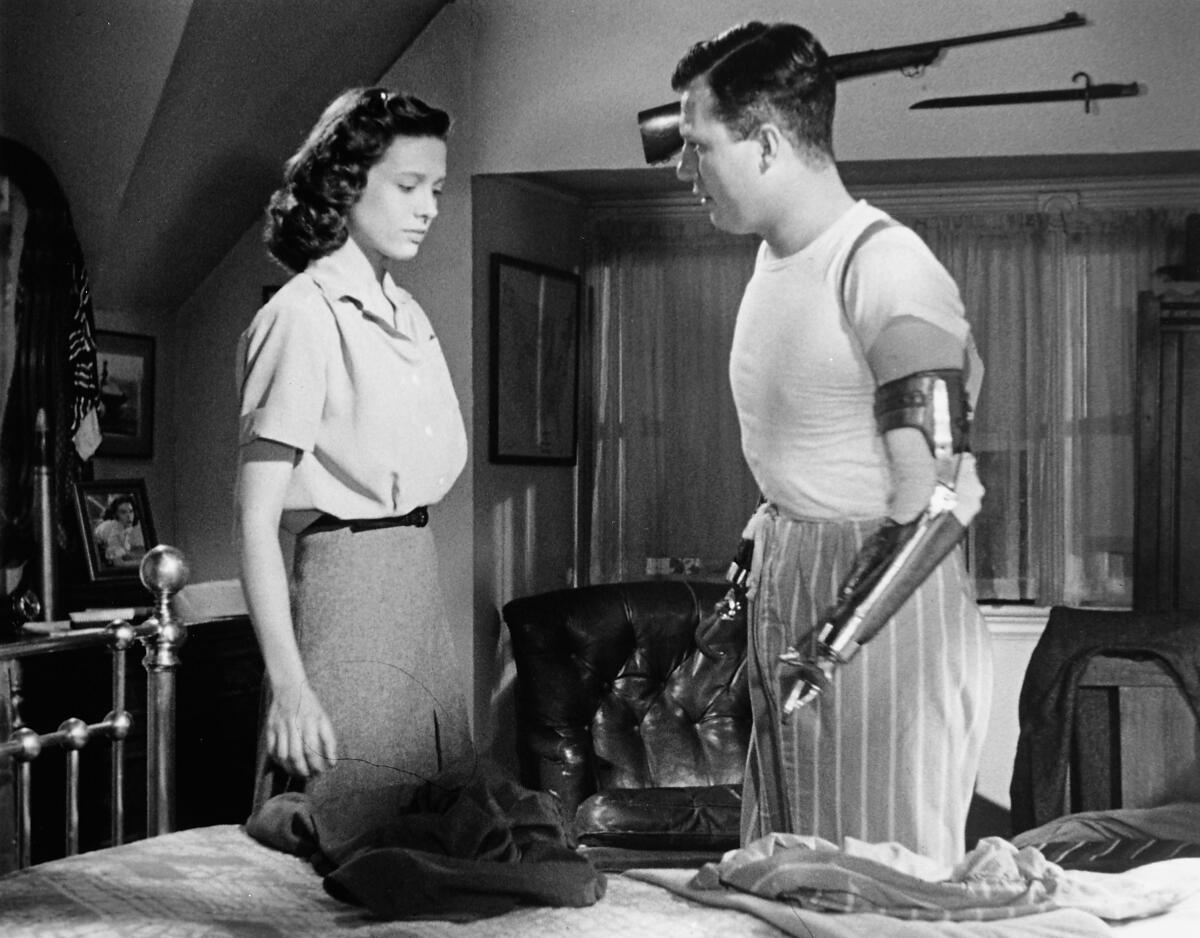
19th Academy Awards — March 1947
Running time: 2 hours 50 minutes
Streaming: Prime Video: Rent/Buy | Apple TV+: Rent/Buy
“The Best Years of Our Lives” deals with the soldier’s reentry into civilian life. That sort of picture is now often described as one that Hollywood has put on the passe schedule.
But actually a sound, solid, real impression of life in a cinema can never be untimely, and William Wyler, as director, whose war experiences were extensive; writers MacKinlay Kantor and Robert E. Sherwood; and the superlatively chosen cast attain just such an impression in this unusually human and appealing, and frequently very diverting, feature.
What most differentiates “The Best Years of Our Lives” from other postwar emprises is the presence of Harold Russell, the ex-Army paratrooper. He appears as one of the three central male figures whose stories are related. While his is not an acting part of great exactions, he succeeds in bringing enormous impact through the utter simplicity and sincerity of what he does. His work endows “The Best Years of Our Lives” with factual power.
The Russell adjustment to the civilian environment is a deeply wrought thing — the most moving and central development in the plot. What the war brought him, besides ephemeral glory, is a physical tragedy that has beset many men — loss of hand or foot or other permanent disability. (Read more) — Edwin Schallert
1947: ‘Gentleman’s Agreement’
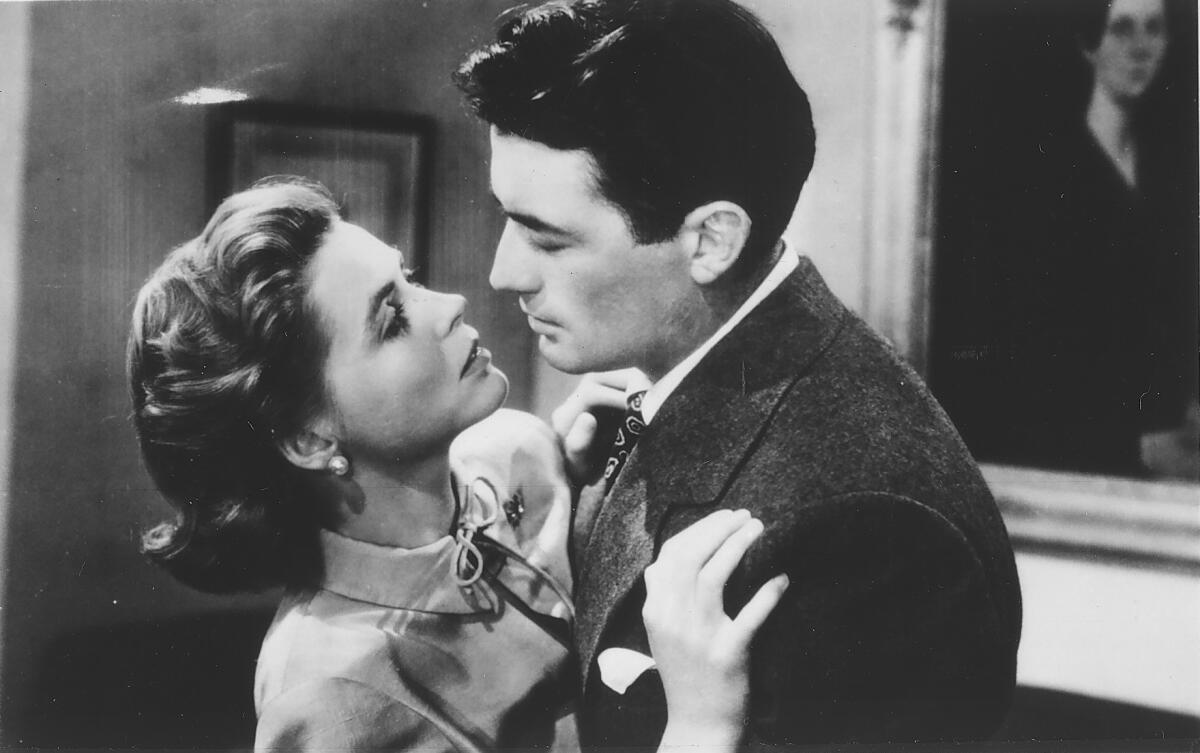
20th Academy Awards — March 1948
Running time: 1 hour 58 minutes.
Streaming: Prime Video: Rent/Buy | Apple TV+: Rent/Buy
“Gentleman’s Agreement” may be discerned as one of the most noteworthy pictures of 1947. This feature also will probably spur many voters to recognize its merits at the big Oscar event. Whether or not it will be the triumphant production — and that will depend largely on the psychology and mood of the balloters — certainly it seems probable that it will gather honors for a performance or two.
This picture deals with the affronts, insults and other social injuries suffered by the Jewish race under what are generally termed normal conditions. Its principal character, non-Jewish, is a magazine writer, who is instructed to approach the whole issue, or problem, from a new angle. Getting nowhere for a time, Gregory Peck, as the writer, is persuaded to pass himself off as Semitic, so that he personally may know and feel exactly what the Jew knows and feels in an environment of today. (Read more) — Edwin Schallert
1948: ‘Hamlet’
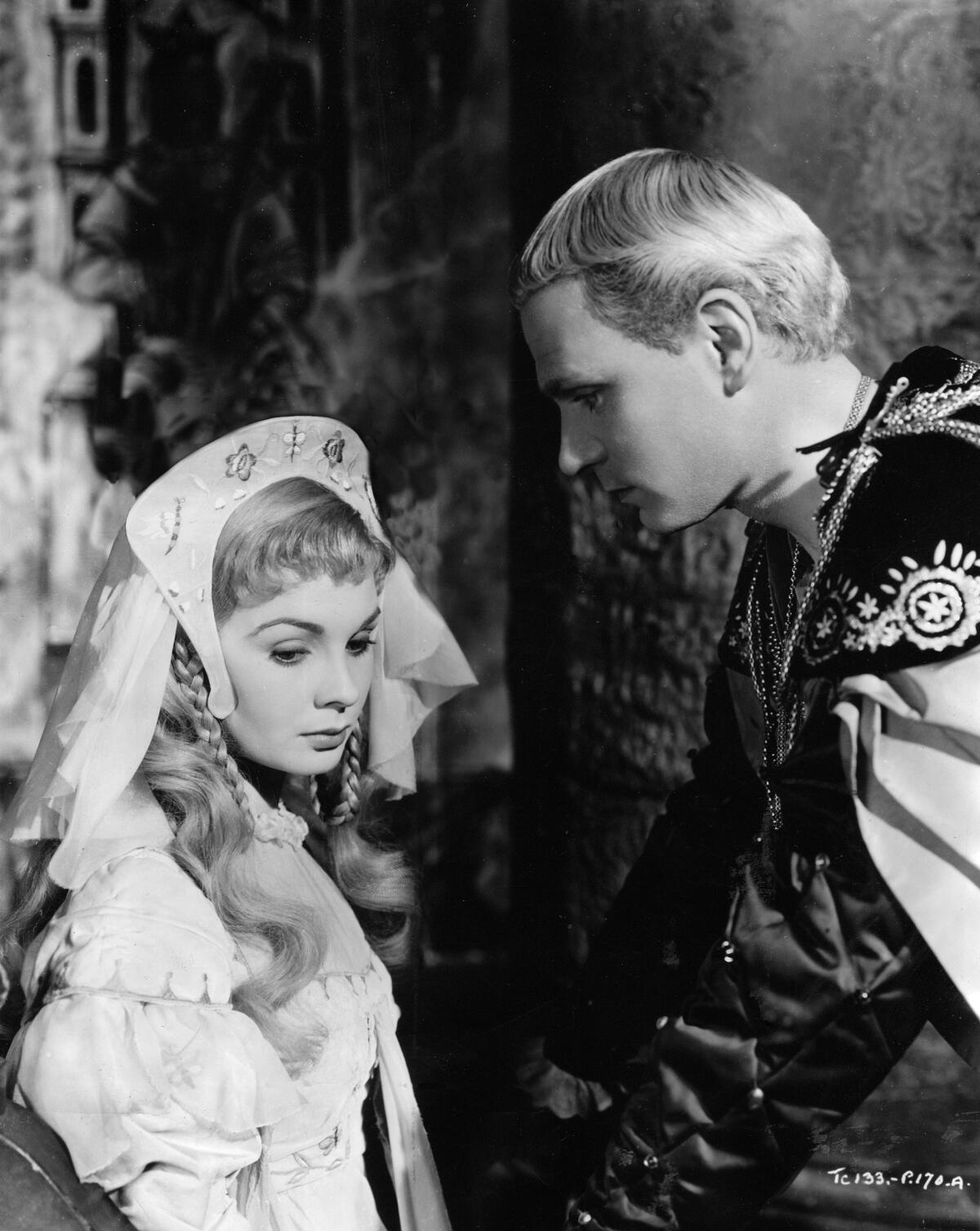
21st Academy Awards — March 1949
Rating: G (1969 reissue)
Running time: 2 hours 33 minutes.
Streaming: Prime Video: Rent/Buy | Apple TV+: Rent/Buy | HBO Max: Included | Criterion: Included
Laurence Olivier meets the challenge of Shakespeare on the screen magnificently in “Hamlet.” He has constructed a film version of the Bard’s most famous tragedy that is epochal. As producer, director and actor he has performed a triune duty that is nothing short of momentous, and the presentation he has created will unquestionably be a model for all future efforts in the difficult classic poetic realm, even as it is now path-breaking.
In any estimate of this “Hamlet” one must naturally view the total accomplishment. The finer elements of the production center in the splendid bridge that Olivier has built between the traditional and established world of the stage and the still comparatively young medium of the motion picture. (Read more) — Edwin Schallert
1949: ‘All the King’s Men’
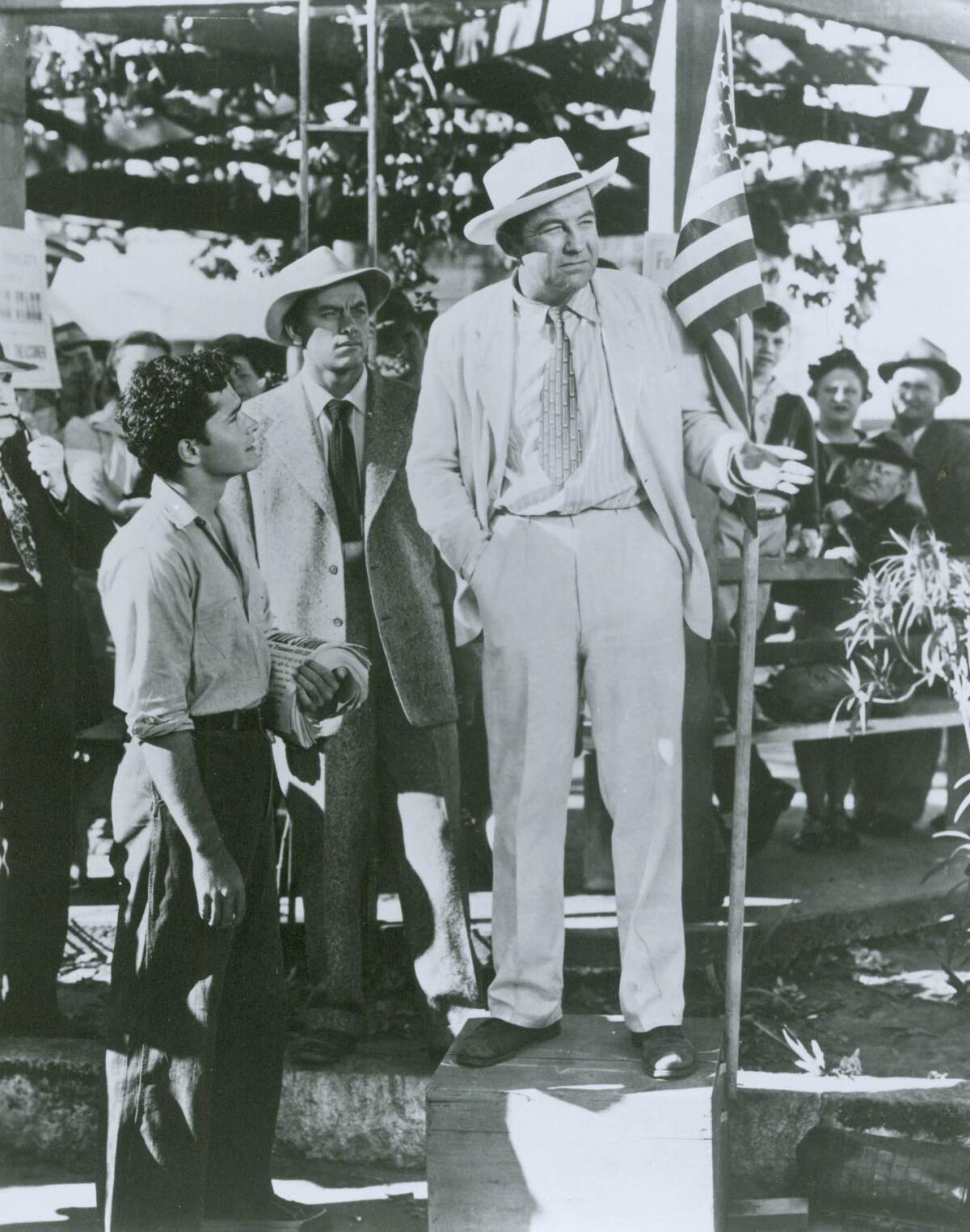
22nd Academy Awards — March 1950
Running time: 1 hour 49 minutes.
Streaming: Prime Video: Rent/Buy | Apple TV+: Rent/Buy
“All the King’s Men” is both great and terrible. It is a barrage of story power, effects and brilliant acting. Its audience will probably be legion because it is one of the most dynamic films of this or any other year. Robert Rossen did the triple-threat job of writing and directing the film as well as producing for Columbia. He used the Pulitzer Prize novel “All the King’s Men” as the basis.
His starry galaxy puts no emphasis on well-known box-office “names.” His players were cast, quite evidently, for what they could deliver and most of them do deliver with a big punch.
Broderick Crawford bangs his way to super stardom with his performance. John Ireland and Mercedes McCambridge will be names to reckon with in the future. Shepperd Strudwick, Joanne Dru, John Derek and a half dozen others are spotlighted with meteoric suddenness. Hollywood itself will have to sit up and take notice about this picture all the way through. (Read more) — Edwin Schallert
How to watch Oscar Best Picture winners through the decades
Intro and 1920s | 1930s | 1940s | 1950s | 1960s | 1970s | 1980s | 1990s | 2000s | 2010s | 2020s (and 2020 nominees)
More to Read
Only good movies
Get the Indie Focus newsletter, Mark Olsen's weekly guide to the world of cinema.
You may occasionally receive promotional content from the Los Angeles Times.


